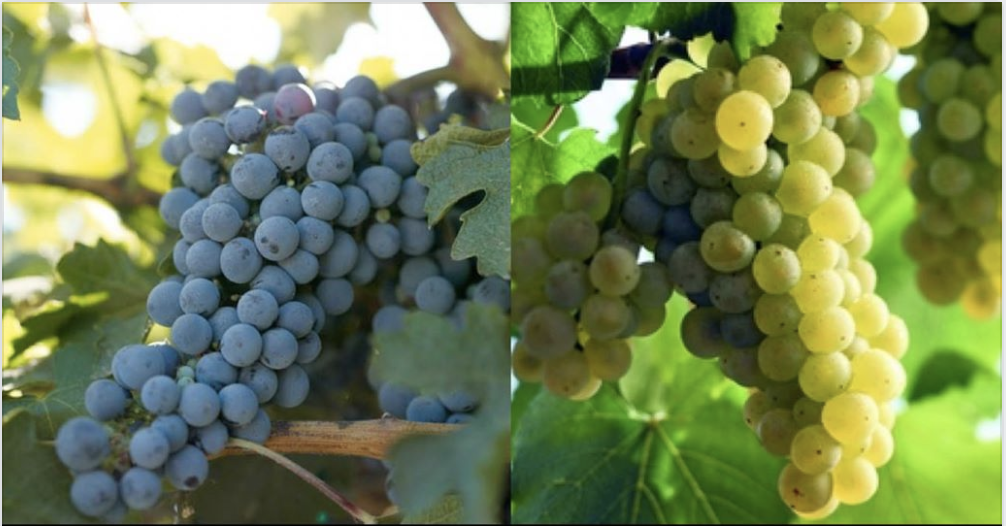
Red and White: How Cabernet and Chardonnay Came to Define Wine
Friday, 26 April 2019, 13:15-15:00. Hulda Garborgs Hus N-106.
In this Greenhouse seminar, Gabriella M. Petrick presents on her ongoing research on the industrialization of wine production.
In 1978, Robert M. Parker, Jr. first published his now famous wine newsletter, The Wine Advocate. Modeling himself on Ralph Nader, Parker wanted to help new wine enthusiasts discern good wine from bad and protect them from purchasing flawed and unpalatable wine at high prices. At the same moment that Robert Parker was beginning his storied career as a wine critic, California winemakers were transforming the Napa Valley from a sleepy fruit-growing region into America’s premier wine region. At the 1976 “Judgment in Paris” blind tasting, Napa’s New World winemakers dethroned the best chateaus in France as the standard for excellent wine. This dramatic shift in the taste of wine, while seemingly cultivated in small prestigious vineyards, was in fact based on technological innovations and scientific research funded by the larger wine industry and carried out on university campuses such as University of California, Davis, Cornell University, the University of South Australia and University of New South Wales among others. This project examines the technological, sensory, and environmental consequences of industrial wine production from the end of Prohibition in the US (1933) to the first decade of this new century. I examine how new technologies, including biotechnology, have drastically altered not simply the taste of wine but the ecosystems that support its large-scale, global production.
Gabriella M. Petrick, Ph.D. received her degree from the University of Delaware as a Hagley Fellow. Her interdisciplinary research on food combines the fields of the history of technology, sensory history, environmental history and the history of science. Additionally Dr. Petrick’s training at the Culinary Institute of America, Cornell University and at several wineries in Napa and Sonoma Counties has shaped her theoretical approach to the history of taste. She has published in the Journal of America History, Agricultural History, History and Technology, among other journals and edited volumes and has taught at NYU, George Mason, and Boston University among other universities and institutes. She has appeared on the History Channel, the Food Network, NPR, and comments in publications such as The Atlantic, Cosmopolitan and the Washington Post.